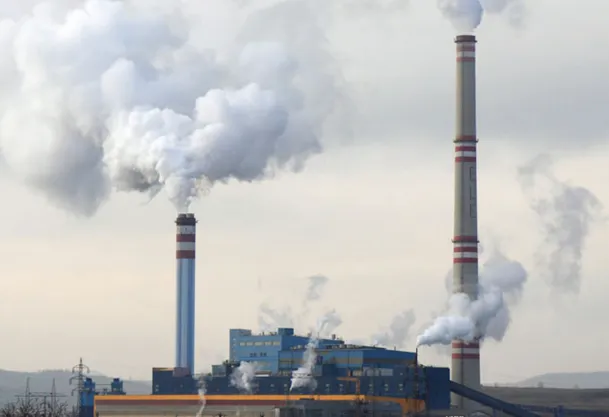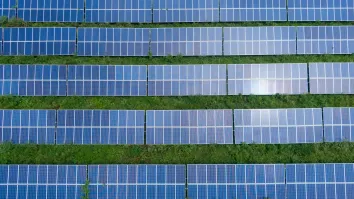
Coal tariff scheme phaseout to bite profits of Chinese gencos
Benchmark coal on-grid tariffs will be replaced by a base tariff with floating adjustments.
Profits margins of China’s power generating companies could take a hit as China gears to abolish benchmark tariff prices for coal power, said S&P Global Ratings.
According to a note, benchmark coal-power on-grid tariffs will be abolished from 1 January 2020 and then replaced by a base tariff plus a floating adjustment mechanism. “This base tariff is an interim mechanism aimed at accelerating the transition to market-based power generation in China after decades of benchmarks,” said Yuehao Wu, S&P Global Ratings analyst and one of the note’s authors.
There will be no upward adjustment in 2020 and, according to officials, tariffs for general commercial and industrials should move downward only. “Any windfall profits for coal-powered gencos from declining coal prices and value-added tax cuts so far this year may be foregone and passed to the real economy,” Wu said.
“We believe the market, rather than the government, will decide the degree of downward adjustments under the new mechanism. Any downward adjustments will likely be largely, but not overly, reflective of declining coal costs. Because of this, China's gencos will likely see declining profitability of degree over the next 12-18 months,” she added.
The new mechanism sets the base initial tariff based on the prevailing benchmark tariffs—a fixed cost per kilowatt-hour (kWh) which varies by province—and allows fluctuation within a floor of 15% and cap of 10% from the base.
“The design replaces the de-facto coal-power tariff linkage mechanism implemented since 1 January 2016, which was often dysfunctional, because adjustments did not track changes in the cost of coal inputs, in part because they required myriad bureaucratic approvals,” Wu commented.
Currently, half of coal power is already traded on the market basis, and not subject to benchmark tariffs. More on-grid flexibility can also be expected under the current system.
“Flexibility could also be enhanced if individual provinces were allowed to come up with their adoptions instead of a rigid one-size-fits-all formula under the current mechanism. In our view, the collar design sets the tolerance level of how high on-grid tariff could go, protecting the broader economy, and also protects coal-power gencos on the downside,” Wu said.
That said, the effectiveness of the new mechanism depends on whether the government could allow the market to play a role. If intervention is frequent and tightening, that would render the new mechanism as ineffective as the current one, S&P Global Ratings said.
“The theoretical upper limit of up to Chinese renminbi (RMB) 0.036 using current base tariffs is much higher than the average of RMB0.02 raise in July 2017 following an outcry from the coal-power gencos suffering from a spike in coal costs. Another cost spike, albeit of low chance over the next 12 months, would put the mechanism to test,” Wu added.
The change in benchmark tariffs could affect subsidy-eligible renewables, subject to further regulatory clarification, as the feed-in tariffs for these projects are comprised of a benchmark tariff plus renewables subsidy. “Whilst the subsidy has an ill-undefined collection period, the projects collect the equivalent of the coal-based benchmark tariff in its current operational cash flows,” Wu said.
According to S&P Global Ratings, state-owned names such as China Longyuan Power Group Corp. Ltd. and State Power Investment Corp. Ltd. could still manage under the diminishing cash-flow assumption, given their access to low-cost funding. This might not bode well for private-sector firms with high financing costs as they may feel even greater pressure and have to exit the industry.



















 Advertise
Advertise







